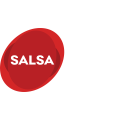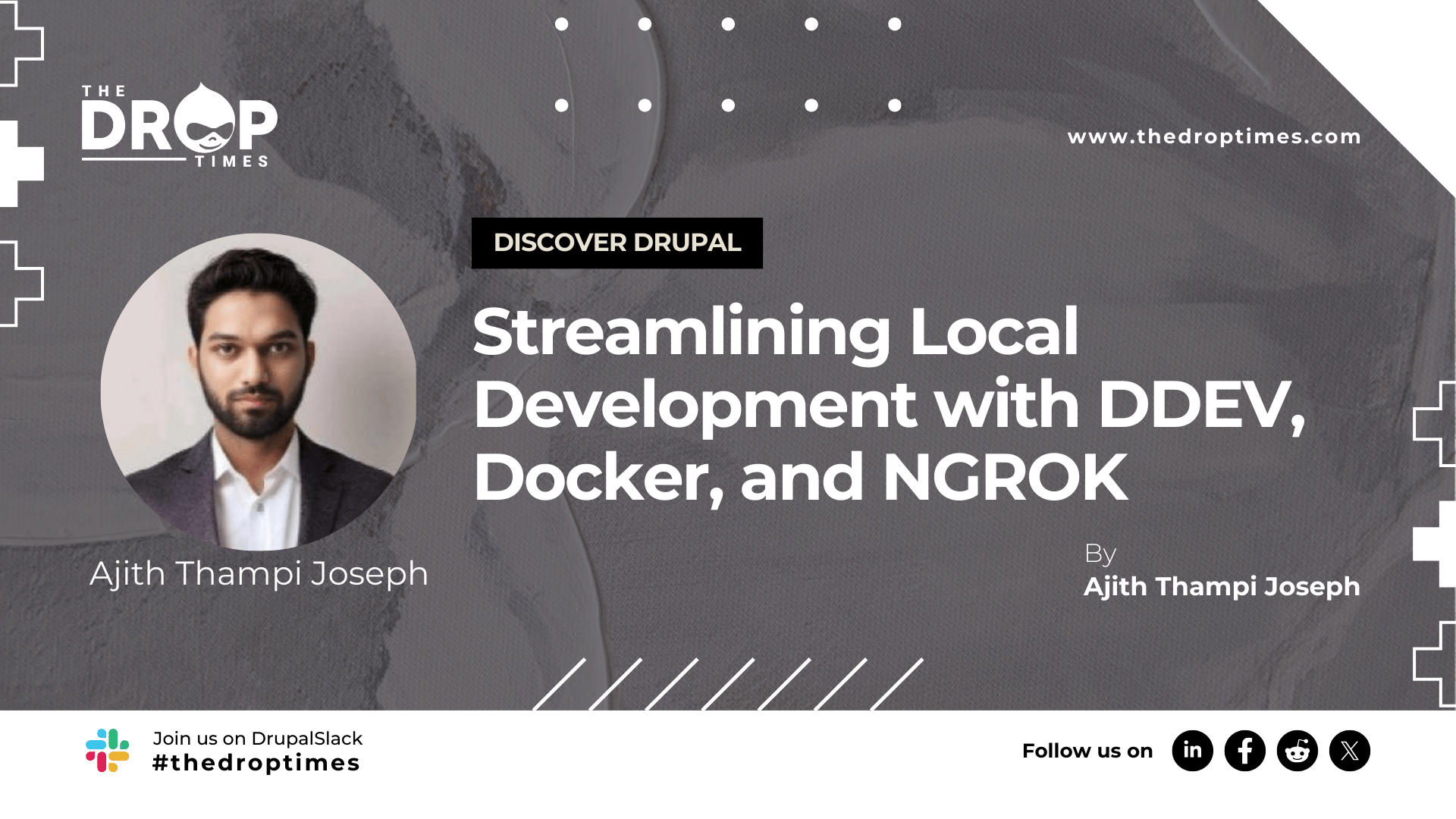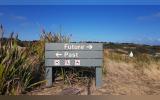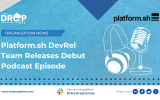NIST CSF and Drupal: A Robust Shield Against Cyber Threats
Cybersecurity takes center stage as the National Institute of Standards and Technology (NIST) and the world of Drupal unite in a formidable alliance with the help of Salsa Digital. The NIST Cybersecurity Framework (NIST CSF), renowned globally as a paramount standard for organizational cybersecurity management, is shedding light on the five crucial domains it encompasses: Identify, Protect, Detect, Respond, and Recover.
NIST, a pivotal US-based agency, stands as a beacon for equitable standards and measurement solutions, with the NIST CSF at the forefront. This framework, designed to manage and reduce cybersecurity risks, serves as a bridge connecting internal and external stakeholders through effective risk communication.
The NIST CSF delves into five critical domains. ‘Identify’ equips organizations with the tools to understand and catalogue assets, vulnerabilities, and threats. ‘Protect’ focuses on safeguarding critical assets against vulnerabilities identified in the ‘Identify’ phase. ‘Detect’ emphasizes the timely identification of cybersecurity events, while ‘Respond’ and ‘Recover’ pave the way for prompt incident mitigation and recovery.
In Drupal, adherence to the NIST CSF can bolster security through measures like access control, data encryption, and intrusion detection systems. Moreover, the amalgamation of NIST CSF principles within Salsa’s Drupal Defense in Depth framework offers a structured and adaptable approach to cybersecurity, facilitating improved risk management, compliance, and incident response. In an ever-evolving cyber threat landscape, this collaboration sets a formidable foundation for organizations to enhance their cyber resilience and navigate the challenges of a digital world. Explore more on this at "Cybersecurity, the National Institute of Standards and Technology (NIST) and Drupal."
Disclaimer: The opinions expressed in this story do not necessarily represent that of TheDropTimes. We regularly share third-party blog posts that feature Drupal in good faith. TDT recommends Reader's discretion while consuming such content, as the veracity/authenticity of the story depends on the blogger and their motives.
Note: The vision of this web portal is to help promote news and stories around the Drupal community and promote and celebrate the people and organizations in the community. We strive to create and distribute our content based on these content policy. If you see any omission/variation on this please let us know in the comments below and we will try to address the issue as best we can.
























